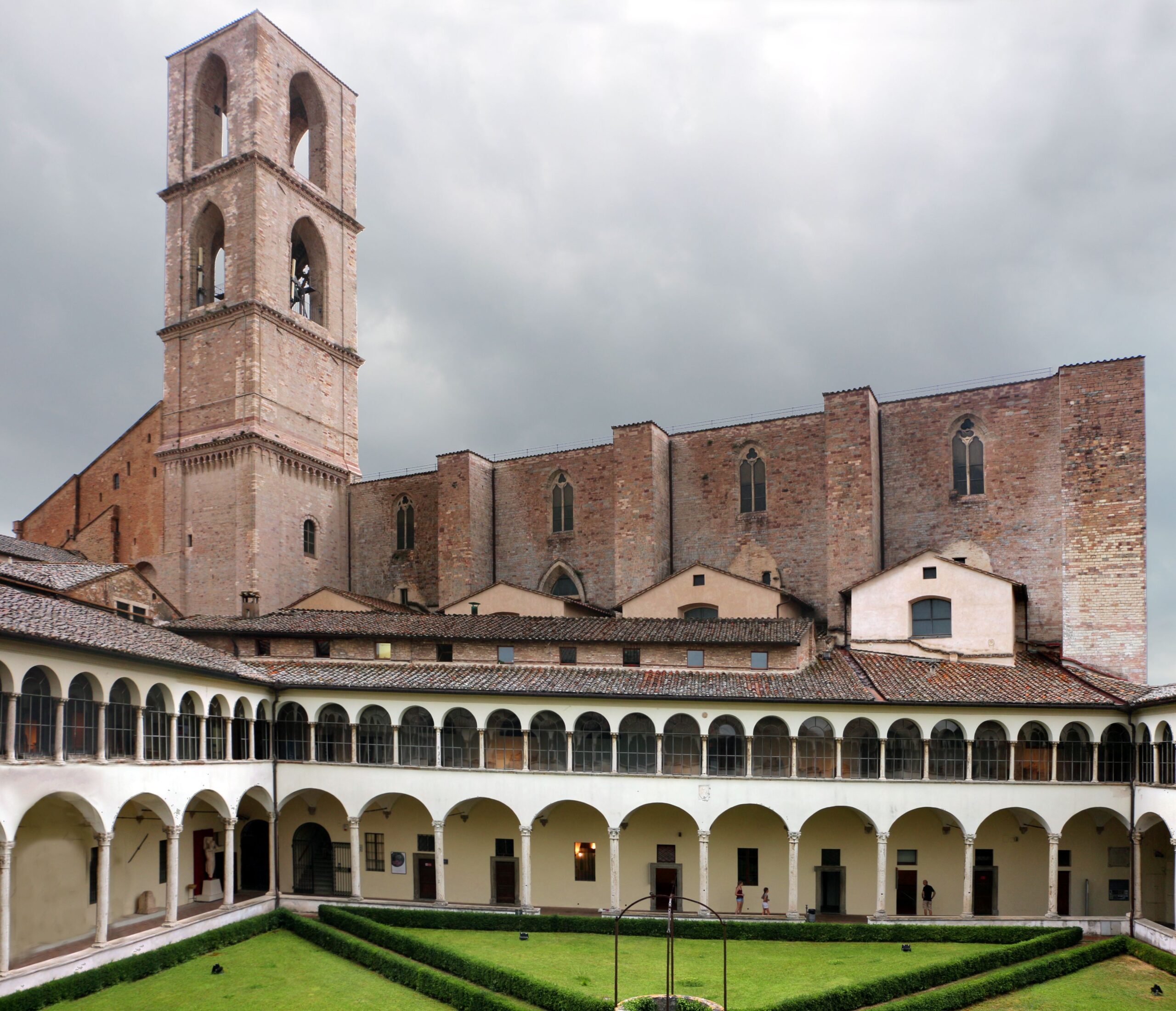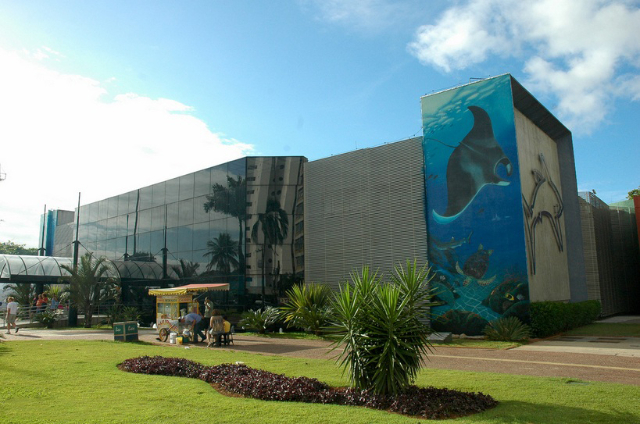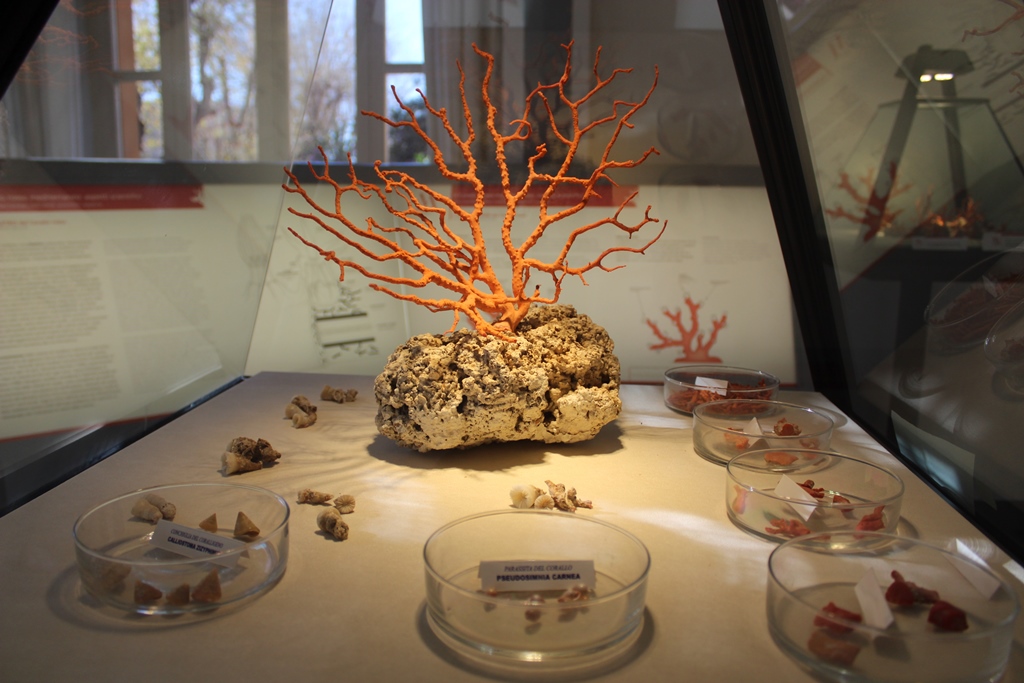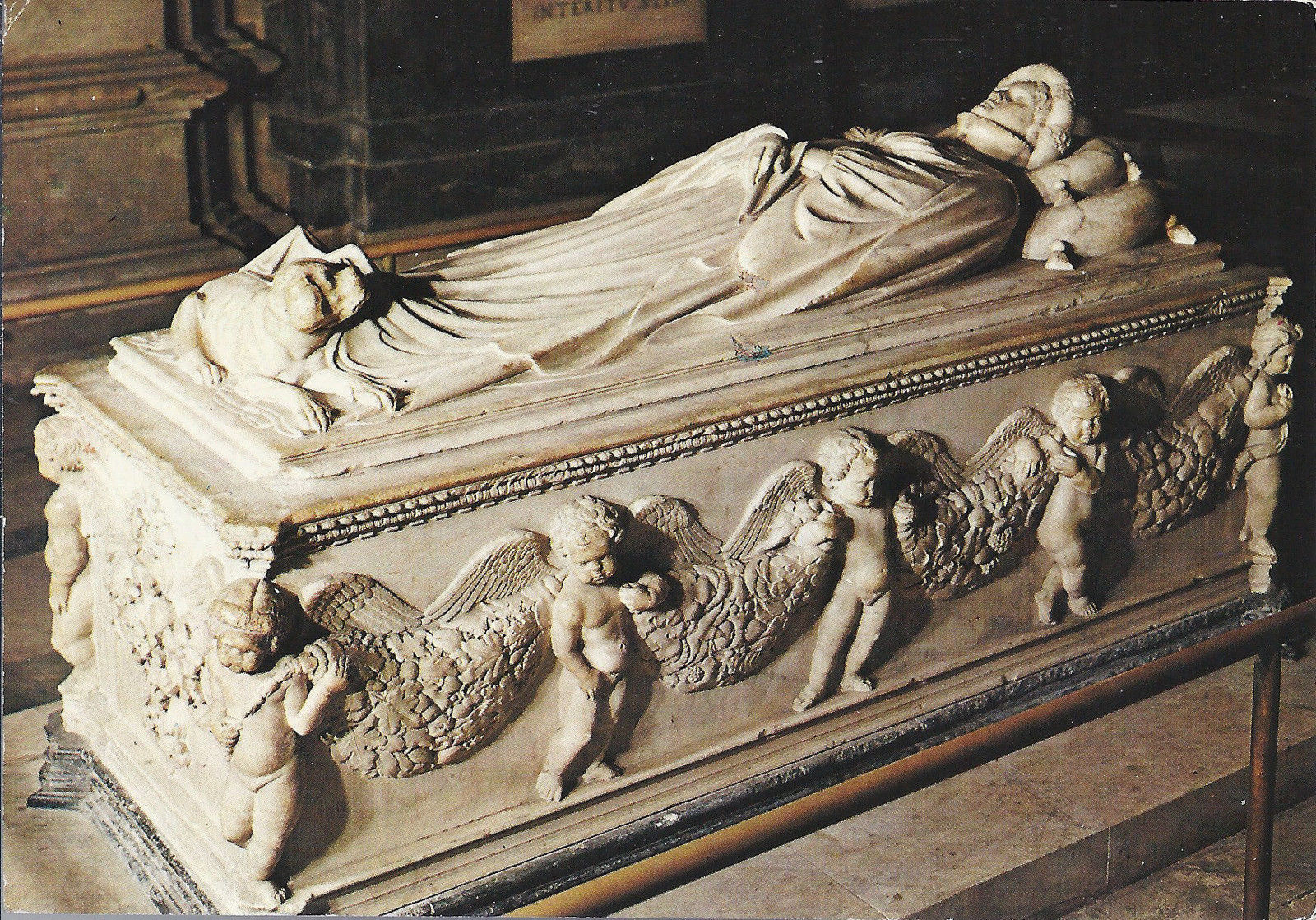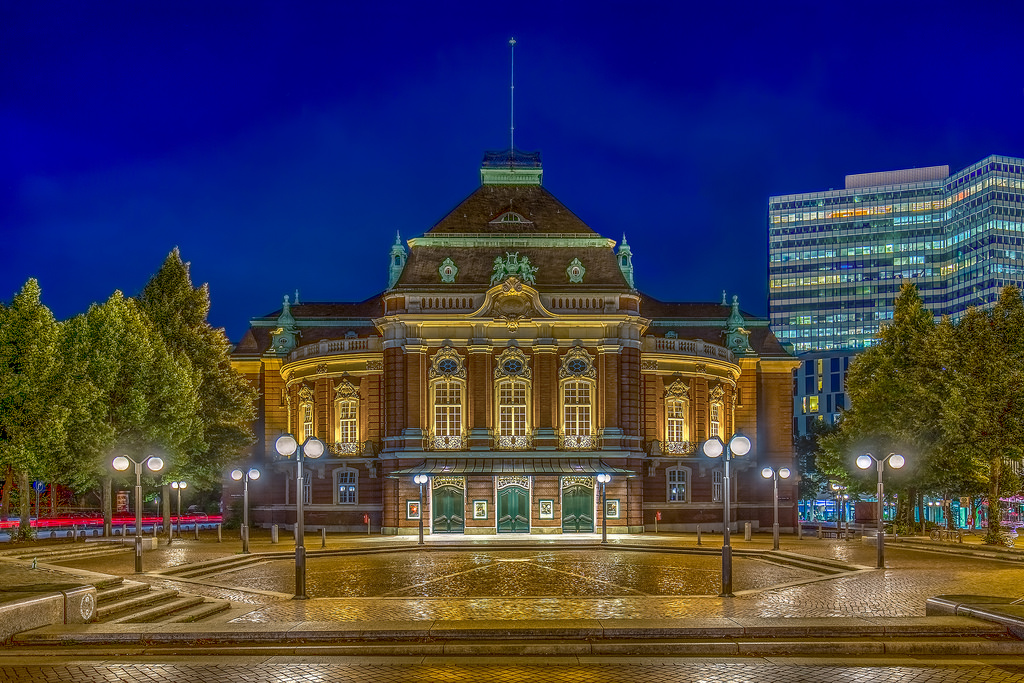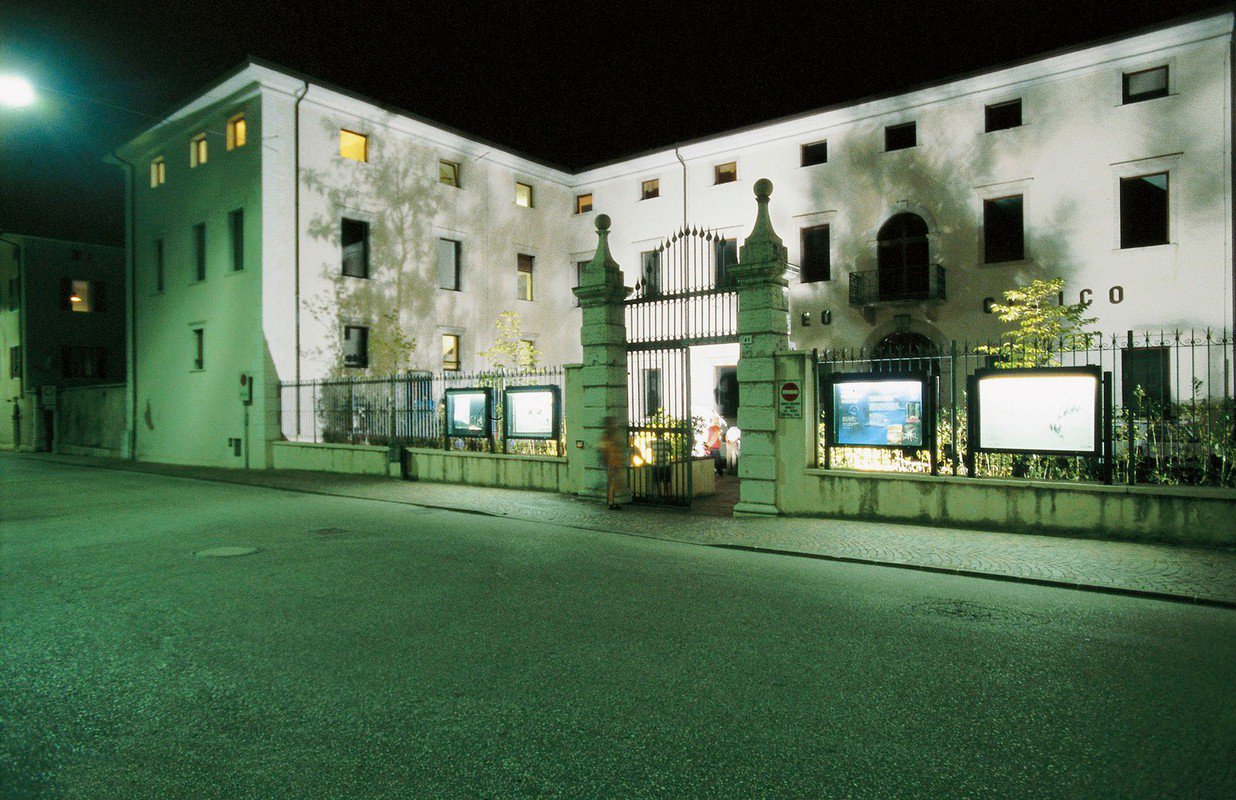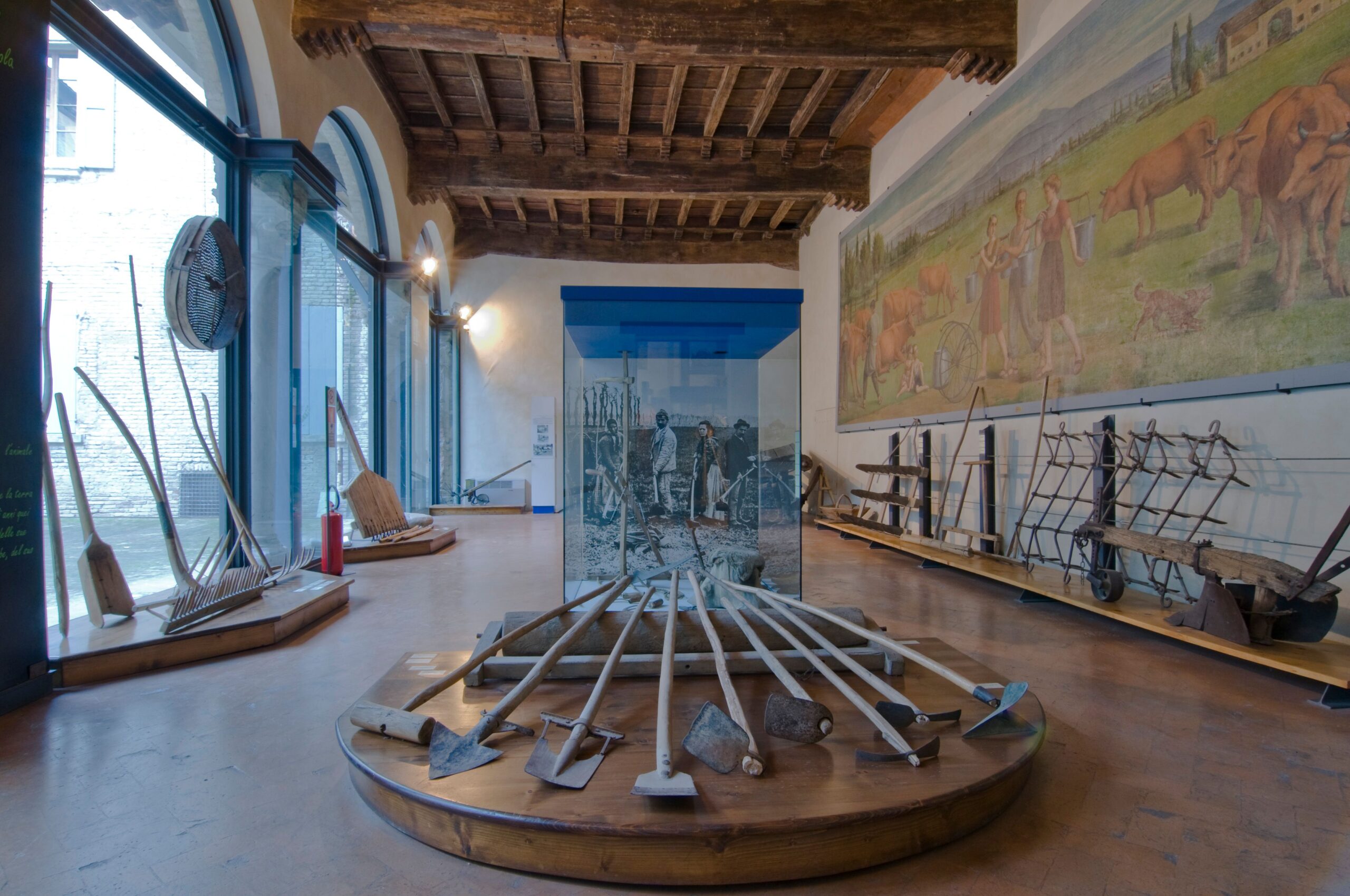The National Archaeological Museum of Umbria is located since 1948 in the complex of the former convent of San Domenico. It is divided into two main sections dedicated to prehistory and the Etruscan-Roman period. In 1960, after the donation by the Municipality of Perugia, the Italian State took over the management of the Museum. In 1964 the Superintendence of Antiquities was established there (today "Superintendence of Archaeological Heritage of Umbria ").
Many of the finds on display come from excavations conducted in the nineteenth century: among these of considerable interest are the "sarcophagus from Sperandio", the "cippo of Perugia" and the "archaic bronzes of Castel San Mariano". Of great historical-archaeological interest is also the reconstruction on site of the tomb of the Cai-Cutu (III – I century BC), including the related funerary outfits.
Many prehistoric finds come from the purchase of a private collection, but also from excavation campaigns that, since the early twentieth century, have expanded the size of the museum.
